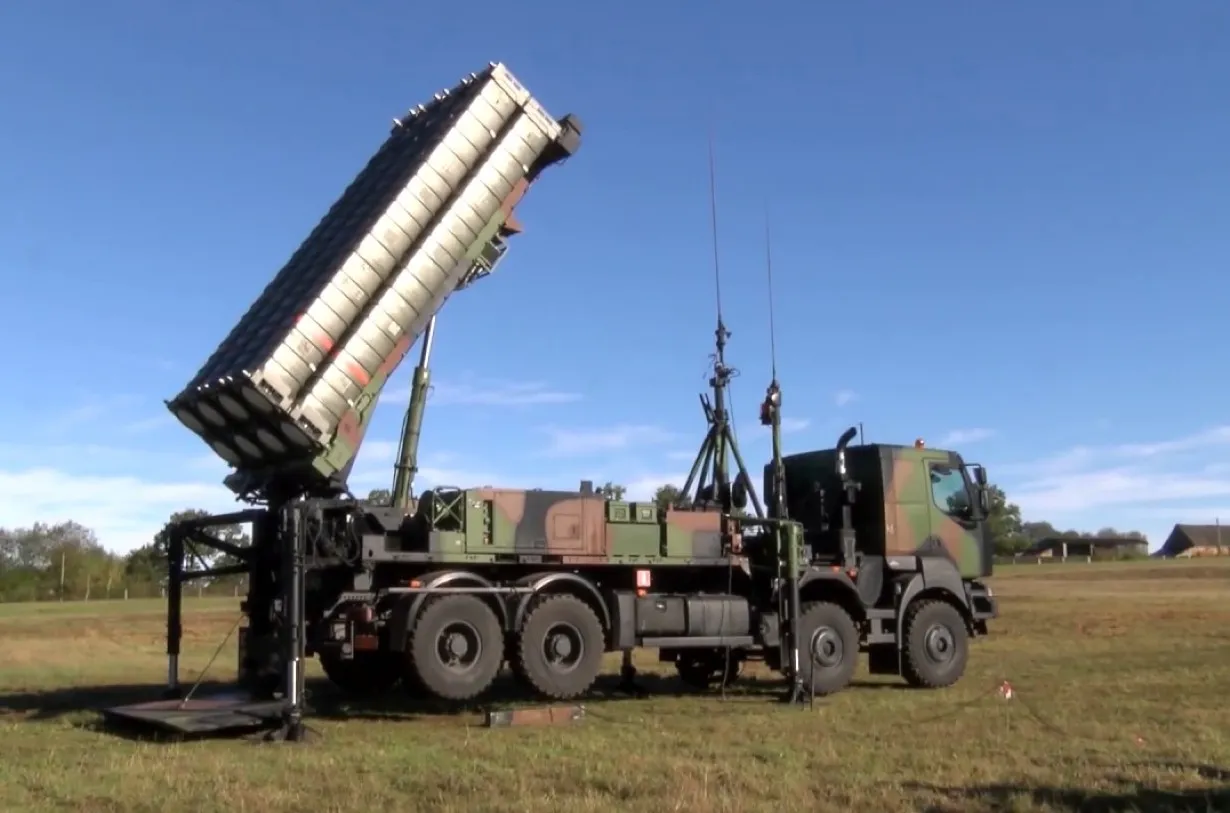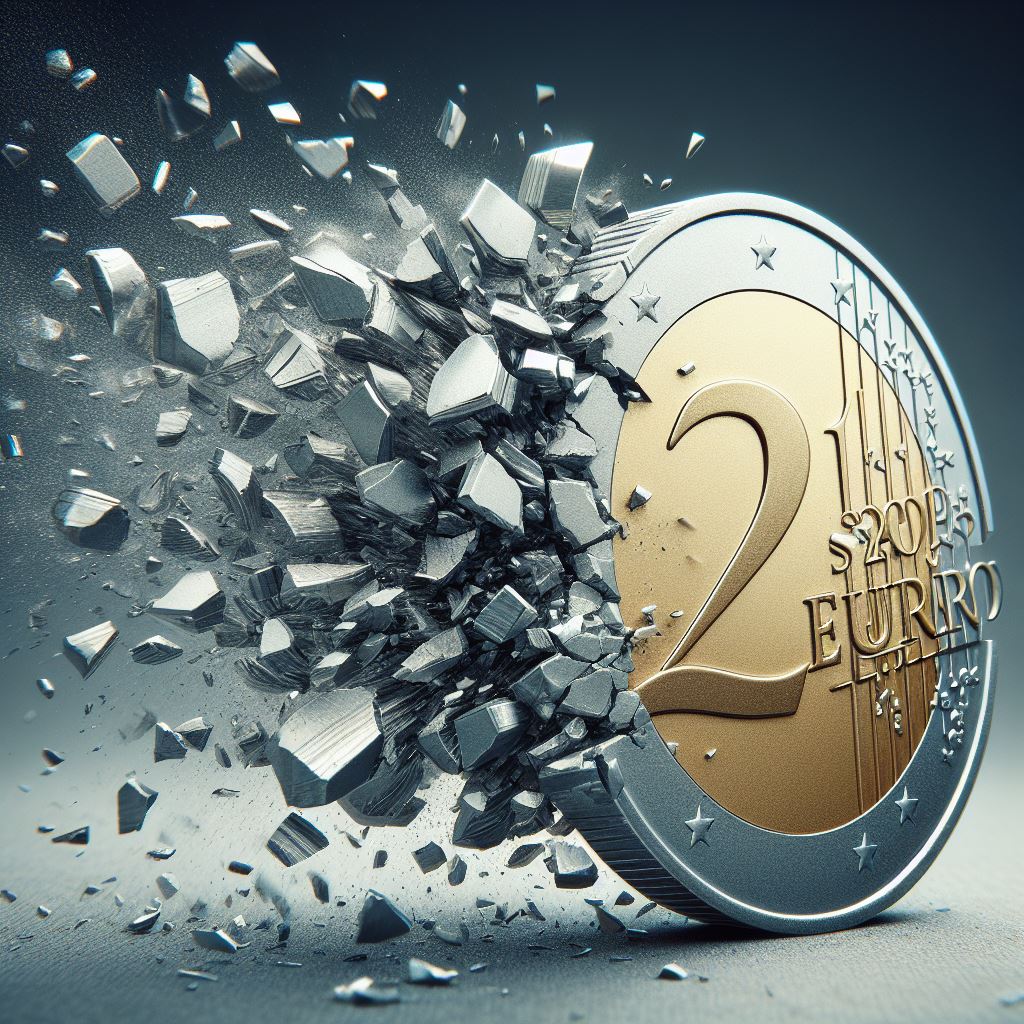International
Kiev’s corruption “Scandal-gate” splits Italy and tests EU Resolve

The dam of unconditional Western support for Ukraine is cracking. The “Kiev-gate” corruption scandals, implicating figures within Volodymyr Zelensky’s inner circle, have finally forced a moment of reckoning in Brussels and, most notably, within the Italian government.
While the European Commission scrambles to balance its checkbook with its “zero-tolerance” rhetoric, Italy finds itself in a political tug-of-war. The Lega party is putting the brakes on “easy money” for Kiev, reflecting a growing public skepticism that was already palpable. This scandal hasn’t just raised eyebrows; it has given a powerful voice to those questioning the spiraling cost of aid, which is becoming increasingly difficult to justify to voters.
🇪🇺 The EU’s €187 billion “Zero Tolerance” headache
After channeling an astronomical €187 billion in various forms of aid to Ukraine, the European Commission has been jolted awake by revelations of widespread bribery. Officials are now publicly invoking a “zero tolerance policy against corruption,” a standard Ukraine, as an EU candidate, is expected to meet.
A European official conceded that the Commission will “certainly have to re-evaluate how it spends” funds, especially those earmarked for the scandal-ridden energy sector.
Sensing the shift, President Zelensky has launched a series of audits and high-profile dismissals, earning praise from Brussels for “taking the matter seriously.” Yet, despite the serious concerns, the EU remains committed to funding its ally. The breakdown of the €187 billion illustrates the scale:
-
€100.6 billion: Financial and humanitarian support
-
€66 billion: Military assistance (via European Peace Facility)
-
€17 billion: Support for refugees
-
€3.7 billion: Profits from immobilized Russian assets
The €140 Billion Problem: No Easy Answers
Despite the corruption, EU Commissioner Valdis Dombrovskis insists Ukraine’s financing needs “are not only high, but also urgent.” The EU is now struggling to find an additional €140 billion and is fumbling for a viable mechanism.
The three main options on the table are all divisive and fraught with risk:
-
Using Frozen Russian Assets: This is the front-runner. The plan involves having Euroclear (the Belgian depository holding ~€190 billion in Russian assets) transfer €140 billion to the EU, which would then loan it to Ukraine. The massive risk? This means seizing Russian capital, not just the interest. Belgium has stalled, demanding guarantees from all member states against Russian legal retaliation. Hungary and Slovakia are already out. If Ukraine defaults, the EU would be left holding the bag.
-
Commission Debt: The Commission could issue bonds on the markets. However, such a massive issuance could destabilize bond markets, drive up interest rates, and burden member states with interest payments (an estimated €675 million annually for Italy alone).
-
Bilateral Loans: This would mean member states lending directly to Kiev—a move that would be political suicide. It would require immediate “fiscal adjustments” (i.e., new taxes or spending cuts) in countries like Italy.

There is a financing problem
🇮🇹 Italy Divided: Salvini vs. the Ministers
The Italian government is visibly split. While Italy has already provided €3-3.5 billion in aid, the “Kiev-gate” scandal has driven a wedge between the governing coalition partners.
The Lega’s Brake: “Stop the Easy Money”
Lega leader Matteo Salvini has taken a hard line, demanding an end to “easy money for Kiev.” He argues it is unacceptable that money from “Italian workers and pensioners” could be feeding “further corruption.”
Salvini, supported by senators like Stefania Pucciarelli, insists that sending more weapons is not the solution and that it’s “naive, to say the least,” to believe Ukraine can win militarily. Instead, the Lega is calling for diplomacy and dialogue, as advocated by “the Holy Father and Trump.”

Salvini is dubious on Ukraine
The Continuity Camp: Crosetto and Tajani
In stark contrast, Defense Minister Guido Crosetto and Foreign Minister Antonio Tajani remain fully committed to the aid effort.
Crosetto dismissively brushed off the scandal, urging observers not to judge a nation by “two corrupt individuals.” In a colorful analogy, he compared the situation to the Allied landing in Sicily: “They didn’t judge Italy by the presence of the mafia; they came to help honest Italians.” Crosetto confirmed the twelfth military aid package is imminent and that Italy would “not hold back” on increasing aid, also noting €100 million in civilian aid (like power generators) for the “very hard winter ahead.” He even spun the arrests as proof that Ukraine “has the antibodies” to fight corruption.

Crosetto wants to go on
Tajani, meanwhile, not only confirmed a new military package but also offered to export Italy’s “good know-how” in fighting corruption to help Ukraine “improve the situation.”
The M5S opposition has labeled the pro-aid faction “extremist warmongers,” arguing that only peace can save Ukraine from the “Western warmongering madness.”
🚨 Beyond Cash: The Missing Weapons Scandal
The rot isn’t just financial. A deeply troubling question looms over the military aid: Where are all the weapons going? Multiple agencies have sounded the alarm that Western arms are ending up “in the hands of traffickers.”
-
June 2022 (Interpol): Secretary-General Jürgen Stock warned that criminals were exploiting the “chaotic situations” and that weapons would flow “not only to neighboring countries but to other continents.”
-
July 2023 (Pentagon): A US DoD report confirmed that criminals, traffickers, and volunteers had stolen Western-supplied armaments, admitting “challenges” in tracking the equipment.
-
September 2024 (Global Initiative): This Geneva-based NGO cited “recent evidence” of “organized arms trafficking” emerging from Ukraine. An American M240 machine gun, for instance, was available on the black market for $8,000.
-
November 2025 (UN): Just days ago, the UN Security Council reiterated that arms trafficking in Ukraine “remains an enormous threat.”
The Global Initiative noted the most insidious scenario: If Ukraine were to join the EU, it would “open the doors” for traffickers to “move armaments more easily within Europe.” The West is thus caught in a vicious cycle: it bankrupts itself to send aid, the weapons are stolen, and they then re-enter Europe to be used in future crimes or attacks.
This war risks being remembered as the West’s “war of shame”—one where a nation was sacrificed for geopolitical interests, only to have the aid meant to save it be siphoned off by corruption and organized crime.
Questions and Answers
-
How is the EU handling the corruption revelations in Ukraine? The EU has publicly adopted a “zero tolerance” stance, demanding transparency and praising Zelensky’s anti-corruption audits. However, this rhetoric is colliding with the reality of Ukraine’s urgent financial needs. The EU is simultaneously trying to source another €140 billion in funding, signaling that despite the scandals, it remains committed to financially supporting Kiev, even as it struggles to find a politically and financially safe way to do so.
-
Why is the Italian government so divided on this issue? The division reflects a core ideological split. The Lega, led by Matteo Salvini, is channeling public skepticism about the war and the cost of aid. They see the corruption as proof that sending “easy money” is wasteful and dangerous, and they advocate for a diplomatic solution. Conversely, Defense Minister Crosetto and Foreign Minister Tajani represent the establishment, Atlanticist view, prioritizing the geopolitical goal of supporting Ukraine against Russia, and are therefore willing to downplay the corruption and continue sending military and financial aid.
-
Is the scandal just about money, or are there other risks? The risk goes far beyond financial corruption. A major parallel scandal involves the trafficking of Western-supplied weapons. High-level warnings from Interpol, the Pentagon, and the UN have confirmed that sophisticated armaments are being stolen and sold on the black market. This creates a severe, long-term security threat, as these weapons could easily flow back into Europe and be used by organized crime groups or terrorists.






